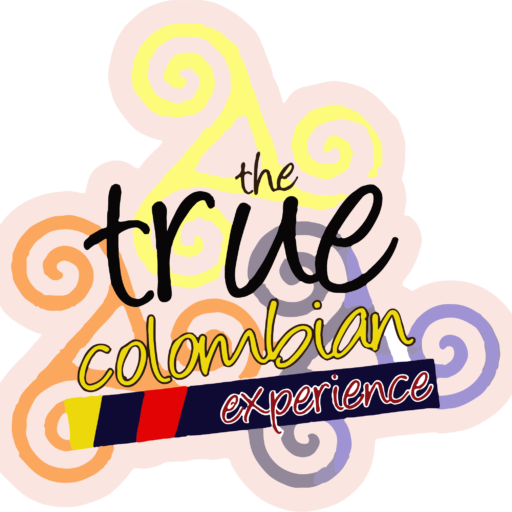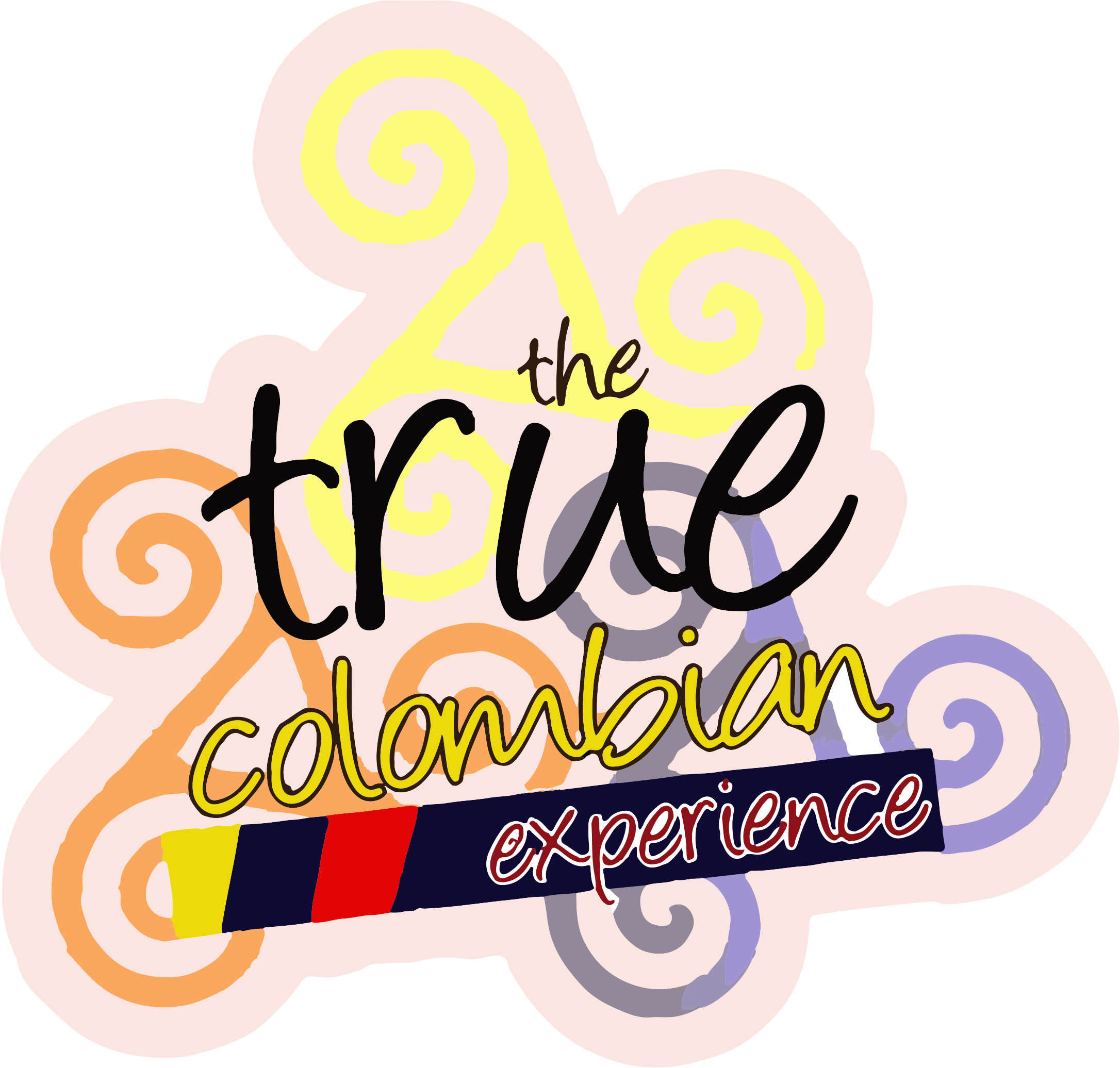Imagine being surrounded by nature, carving a staircase into the ancient mountain that would one day guide travelers to the Sacred Lagoon of Guatavita. Suddenly, your tool strikes a clay vessel. Inside, you find golden artifacts—figures shaped by ancestral hands. As you clean them, one miniature stands out: the Muisca Offering Raft.
This was the story our guide shared during our walking tour of Bogotá. At our second stop, the Gold Museum, she spoke with a warm, resonant voice:
“All the townspeople were there—humble farmers, artisans, and wise elders—gathered around the lagoon to offer what was sacred to them: figures forged with their own hands, infused with the energy of the sun and the spirit of the goldsmith.”
At the highest point of the lagoon, the Zipazgo elders watched. The chosen one, covered in gold dust, stood on the raft that drifted toward the center. He was the seed of life, surrounded by offerings, waiting for the exact moment when his body would shine with immaculate energy. He entered the cold water three times, shedding everything material and imperfect, reborn as the spiritual leader of the Muisca people.
Flutes, drums, ocarinas, and rattles echoed across the water. Each person cast their offering. The finest goldsmith of the confederation had crafted his masterpiece in tumbaga—a gold and copper alloy—not as a symbol of status, but as a divine petition. There was no greed, only faith.
This ritual is not just history. It’s a living memory that still breathes in the lands of Cundinamarca, where we walk today. Lands inhabited since 14,000 BC by hunters and gatherers, and now open to you through our immersive cultural tours.
🌿 Experience this ancestral legacy with us:
- 👉 Guatavita Sacred Lagoon Tour
- 👉 Guatavita + Zipaquirá Salt Cathedral Tour
- 👉 Zipaquirá Salt Cathedral & Muisca Legacy Tour
By Fredy Calderón






